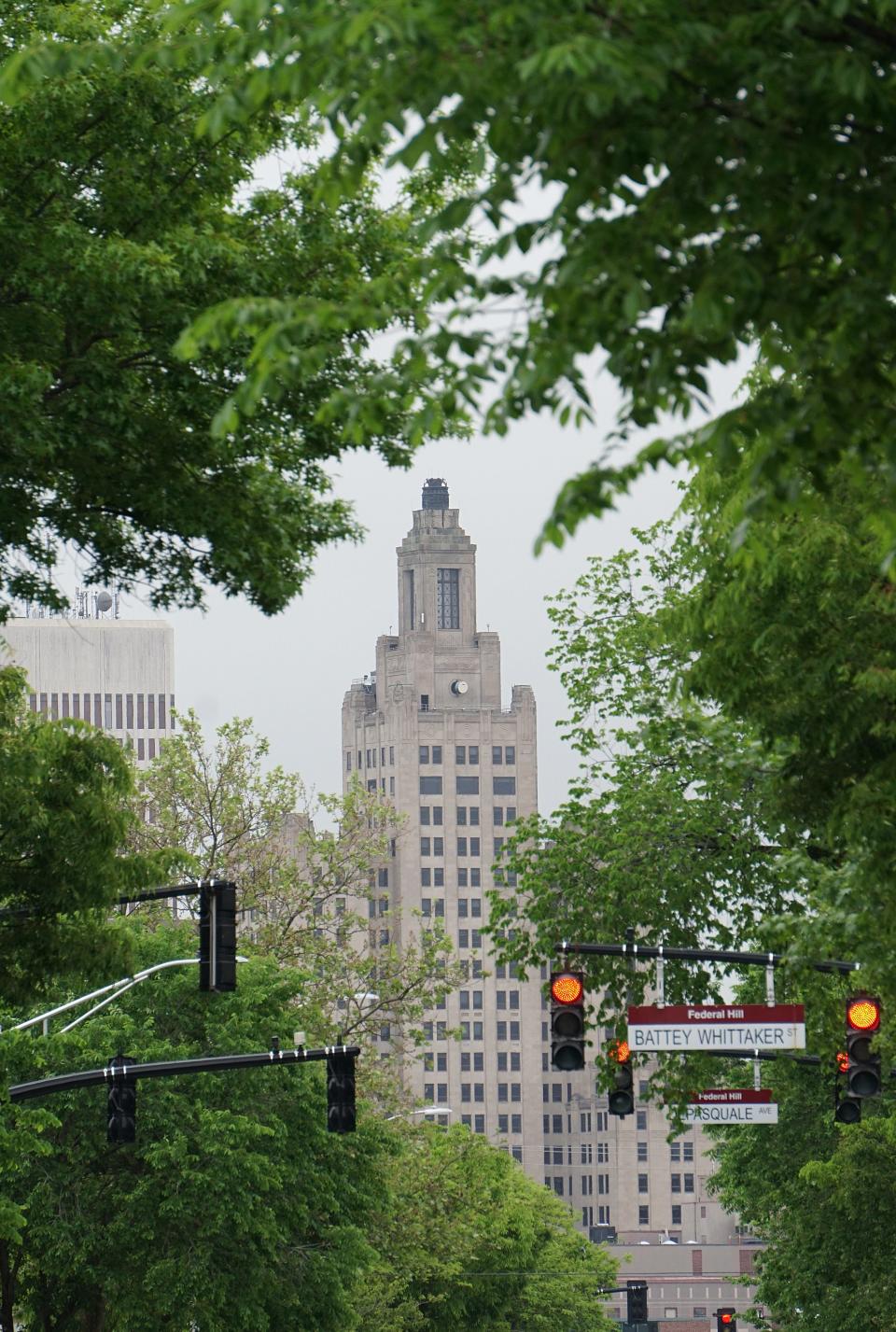Community digs deep, forms a Tree Plan to create a healthier Providence | Opinion
Everett Pope is vice president of development for the Environment Council of Rhode Island; James Crowley is president. Greg Gerritt is research director at ProsperityForRI.com.
Reading news about the climate crisis can often leave us feeling daunted and distressed, so it’s refreshing to see stories of action that paint a picture of great hope. The residents of Providence have produced a few such stories in recent years; the most recent is the publication of the Providence Tree Plan.
The Tree Plan is a blueprint aimed at enhancing Providence’s urban forest and increasing the coverage of the city’s tree canopy, particularly in low-income communities and communities of color, which currently have far fewer trees than wealthier and whiter neighborhoods. While many are aware that trees improve air quality and make our neighborhoods more beautiful, fewer realize that trees help to keep our neighborhoods cooler in the summer and reduce flooding during major rain events — crucial benefits in a rapidly changing climate.
More: This woodland was once targeted for a solar farm. Now, it's protected by the Audubon Society.
The Providence Tree Plan is an exceptional manifestation of what community-based climate resilience can look like. The plan grew from recommendations in Providence’s 2019 Climate Justice Plan, authored by the city’s Racial and Economic Justice Committee with assistance from the Sustainability Department. Various individuals and organizations came together to produce the plan. The group engaged in extensive public outreach and leveraged community-led public-private partnerships.
Their lived experience, time they’ve spent in the community and — most important of all — a reverence for ancestral and indigenous practice, helped this small group of community champions embark on a multi-year journey to create a policy blueprint that is an open invitation to all who are interested to stop, take a deep breath and give thanks to the trees. The four years it took to develop the plan were a beautiful, complex test of patience.

Over 800 community members were surveyed and interviewed in more than 10 languages, while a community-led think tank was established to produce the final report. Plan Steering Committee member Leandro Kufa Castro wrote that “… after going to City Hall and knowing how many Master Plans are collecting dust on their shelves, I knew that I had to return back to the people, organize, and listen.”
Reading the plan, it is obvious that our state and community have a unique opportunity. The pages are peppered with well-researched information on the impact of trees as well as comments from community members concerning how trees impact their environment from an ancestral, holistic point of view.
More: These scientists are taking an unconventional approach to save forests: Cutting down trees
Among the benefits of trees noted in the plan is the reduction of childhood asthma rates. “An increase of 343 trees per square kilometer is associated with a 24% lower rate of asthma and a 26% lower risk of hospitalization as a result of asthma.” By addressing health problems that disproportionately impact low-income communities and communities of color in Providence, the plan states “planting trees can be a tool for repairing the effects of systemic racism.”
The Tree Plan lays out steps for creating a healthier, more beautiful and more resilient Providence, but for now it remains only a plan. It will take commitment and funding from the City of Providence to turn that plan into reality. The community has spoken. Now the question is whether our public officials will take the actions that have been clearly laid out by and for our community.
The Providence Tree Plan represents the voice of the public inviting all those who are willing to work in concert towards a beautiful, resilient future.
For more information about the plan, please read https://pvdtreeplan.org/debut/.
This article originally appeared on The Providence Journal: Among the benefits of trees noted in the plan is the reduction of childhood asthma rates.

